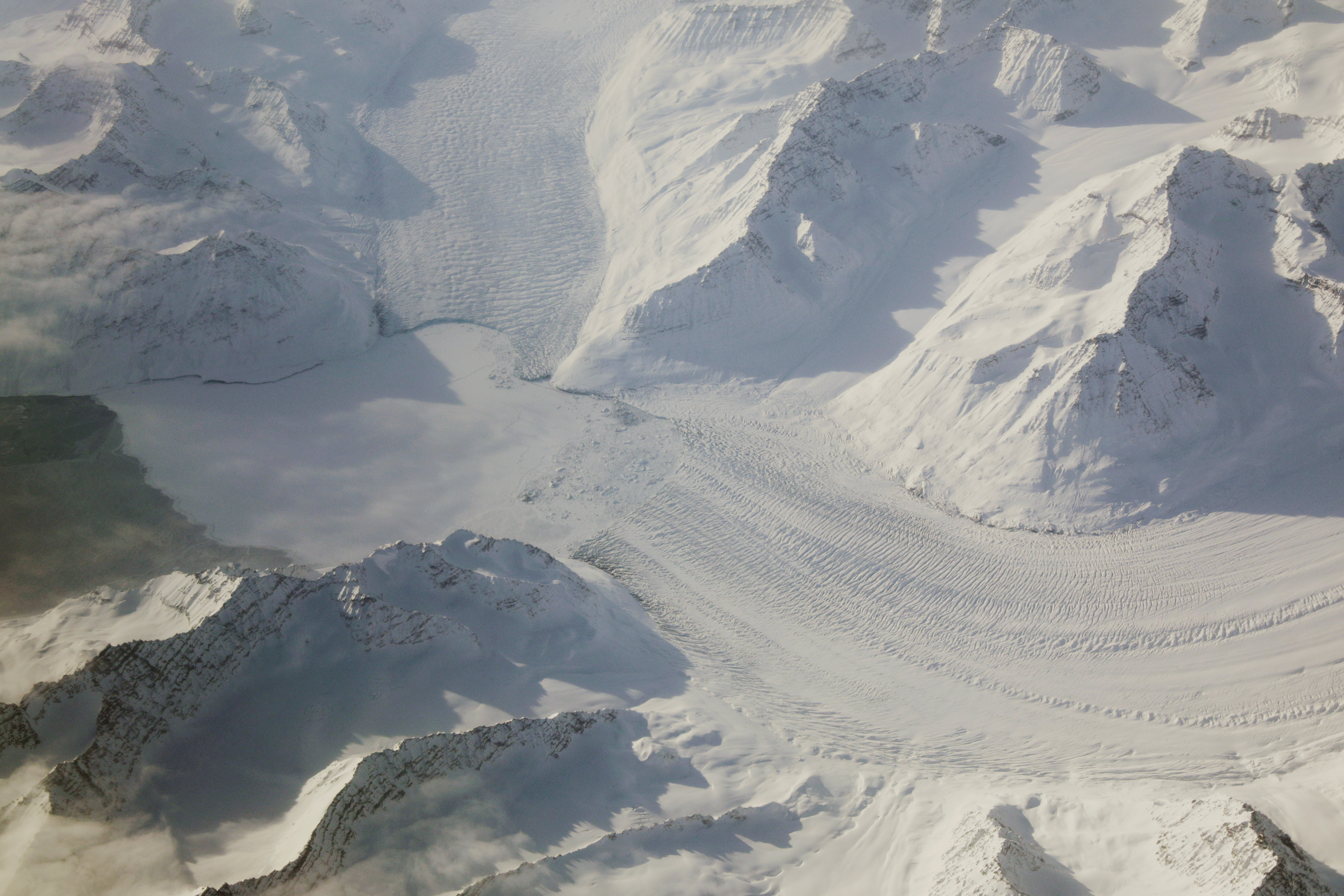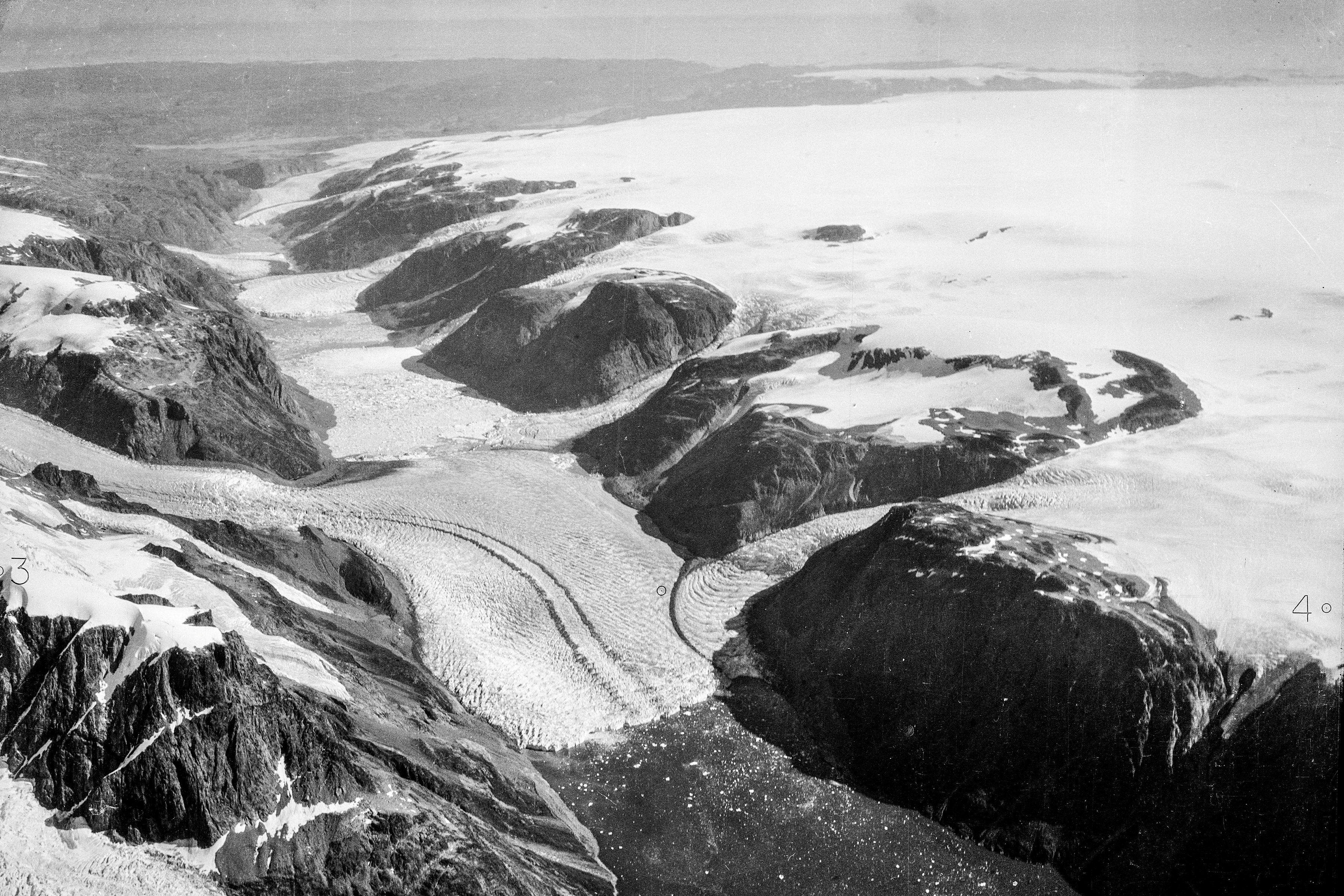Arctic contribution to sea-level rise is accelerating, study finds
Melt from northern glaciers and Greenland’s ice sheet already contribute a third of global sea-level rise.

Melting land ice in the Arctic — glaciers and the Greenland ice sheet — contributes nearly a third of the water responsible for global sea-level rise, and Arctic warming is speeding up the rate at which it’s melting, according to a new study conducted by scientists from around the North.
The study, published in the journal Environmental Research Letters, identifies Greenland as the biggest Arctic contributor, responsible for 46 percent of the region’s contribution to sea-level rise from 1971 to 2017. In second place is Alaska, where melting glaciers have produced about a quarter of the Arctic contribution to sea-level rise — even though Alaska’s share of the Arctic’s land-based ice is only 18 percent.
In all, melt from Arctic land ice caused global sea levels to rise 23 millimeters (0.91 inches) from 1971 to 2017. That was about 31 percent of the total sea level rise in the period.
The study relies on satellite-based measurement and, for the years before those were available, mass-balance records kept for key glaciers around the circumpolar North. It uses a broad definition of Arctic, counting glaciers and icefields between 55° North latitude and 77° North latitude. That definition includes much of Alaska’s and Canada’s glacial ice.

Globally, ice melt — from glaciers and ice sheets in the Arctic, in other parts of the world and in Antarctica — was the source of about two-thirds of sea-level between from 1993 to 2008, according to the National Academies of Science, Engineering and Medicine. Thermal expansion accounted for about a third of the rise during that period, according to the National Academies.
The total Arctic contribution to sea-level rise is accelerating, the new study says. Arctic land ice added 12.36 millimeters to global sea levels in the last decade, 2005 to 2015, about 50 percent more than the total 8.3 millimeters added in the prior two decades, according to the study’s calculations.
And overall, the contribution has increased since the mid-1980s, thanks in large part to “a substantial increase in Arctic warming,” the study said. “That warming signal is now unequivocal and attributed to anthropogenic climate change.”
[With glacial melt accelerating, a geoengineering movement gathers momentum]
In recent years, the contribution from Greenland to sea-level rise has increased substantially, while contributions from some other regions, like Alaska, have increased at a more modest rate, according to the study. Types of glaciers vary by region, contributing to the unevenness of melt rates, said the study’s lead author, Jason Box of the Geological Survey of Denmark and Greenland.
“The acceleration from Greenland likely has a component of marine terminating glaciers that are responsible for half of the ice loss, whereas a region like Alaska has a smaller fraction of marine terminating glacier contribution to sea-level rise,” Box said in an email.
There have been wide differences by region and over time, the study points out. For example, Arctic Canada and Greenland had reduced ice loss from 2013 to 2017, “attributed to decreased surface melt from cold air temperature anomalies produced by persistent extremes in atmospheric circulation,” the study said.
In 2013, Arctic Canada glacial ice had a mass-balance gain, while Svalbard had one of its biggest ice-mass losses that year. And in the previous year, that pattern was reversed — there was extreme ice-mass loss in Greenland and Arctic Canada but “anomalously low” mass loss in Svalbard, the study said.
Yereth Rosen is a 2018 Alicia Patterson Foundation fellow.